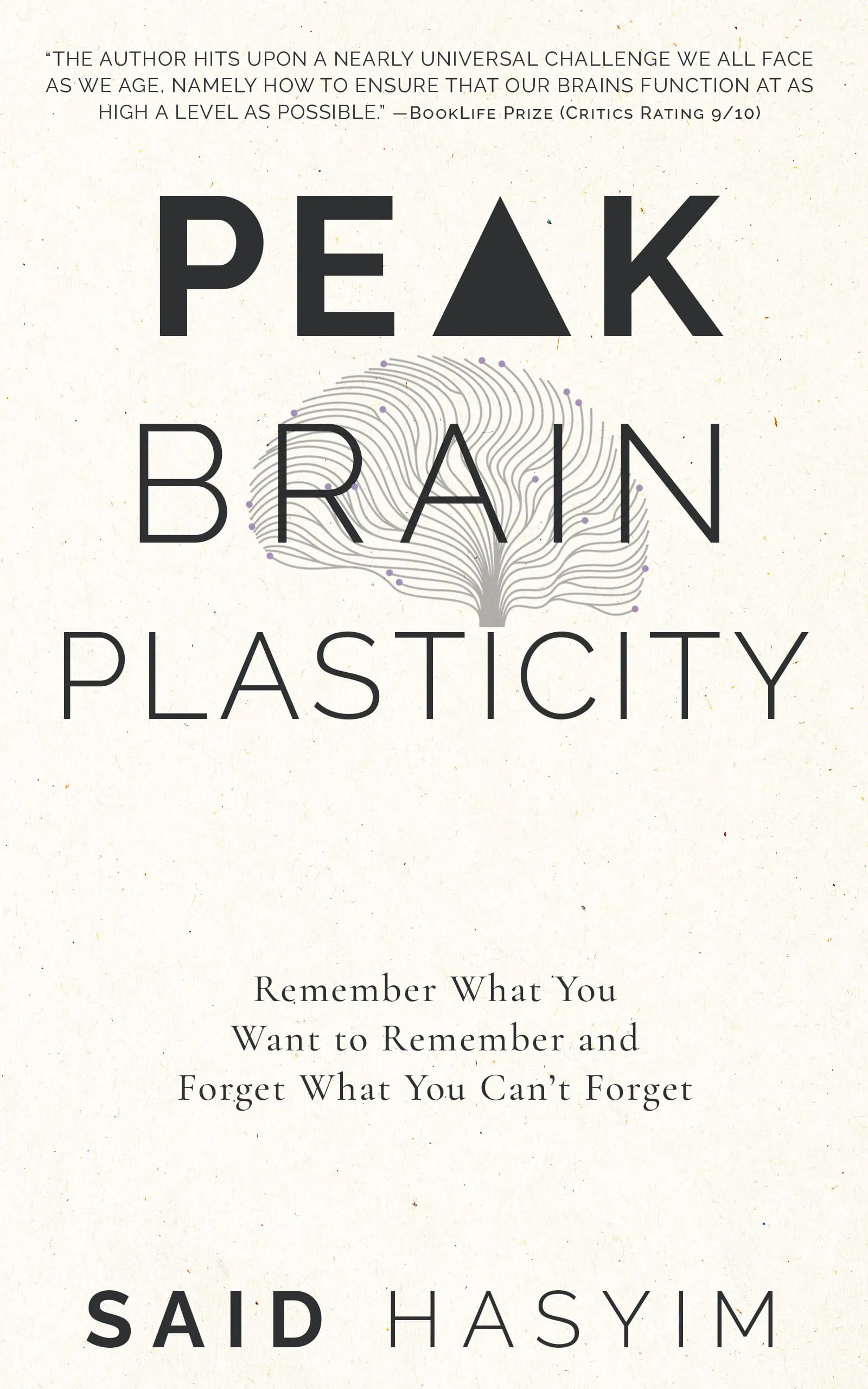How Peak Brain Plasticity Changes Our Learning Experience
In recent years, the concept of brain plasticity has gained significant attention in both scientific circles and popular culture. But what exactly is brain plasticity, and why is it essential for our learning experience? Understanding how peak brain plasticity works can fundamentally change how we approach education, personal development, and skill acquisition.
What is Brain Plasticity?
Brain plasticity, also known as neuroplasticity, refers to the brain's ability to reorganize itself by forming new neural connections throughout life. This remarkable capacity enables the brain to adapt in response to learning, experience, and injury. Neuroplasticity can manifest in several ways:
- Functional plasticity: The brain's capability to transfer functions from damaged areas to undamaged areas.
- Structural plasticity: The brain's ability to physically change its structure in response to learning and experiences.
These adaptations range from the microscopic (strengthening or weakening synapses) to the macroscopic (whole areas of the brain adapting to new roles).
The Importance of Peak Brain Plasticity
Peak brain plasticity is the period during which the brain is most receptive to change and learning. This is especially significant during early childhood, wherein the brain undergoes rapid development, but neuroplasticity continues throughout life, albeit at varying levels. Here are some factors that contribute to the timing of peak brain plasticity:
Age: Young children exhibit high levels of plasticity, allowing them to learn languages quickly, adapt to new environments, and acquire various skills with ease. However, adults also experience brain plasticity, albeit in more limited ways.
Experience: Engaging in new experiences—whether through challenging tasks or immersive learning environments—can induce neuroplastic changes regardless of age.
Motivation and Emotion: Emotional engagement can enhance learning. A motivated learner is more likely to experience changes in neural connections, enhancing memory retention and skill development.
How Peak Brain Plasticity Transforms Learning
Understanding the role of peak brain plasticity allows us to rethink learning methodologies. Here are several ways that neuroplasticity can alter our learning experiences:
1. Adaptable Learning Environments
Creating adaptable learning environments that cater to various styles and capabilities can harness the plasticity of the brain. Personalized learning experiences allow individuals to engage more deeply with the material, fully utilizing their capacity for change.
2. Emphasizing Lifelong Learning
Because neuroplasticity is not confined to a young age, the idea of lifelong learning becomes more relevant. Adults can continue to develop new skills, whether for personal interest or career advancement, well into their later years. This is a profound shift from the notion that learning is primarily a childhood endeavor.
3. Practicing Skills through Deliberate Practice
The idea of "deliberate practice"—focusing on specific aspects of a skill and improving upon them—aligns closely with peak brain plasticity. By concentrating on targeted areas of improvement, learners can stimulate specific neural networks, leading to more profound and lasting changes in their abilities.
4. The Role of Mindfulness and Neurofeedback
Recent studies have shown that practices like mindfulness, meditation, and neurofeedback can positively influence brain plasticity. These practices help in regulating emotions, improving focus, and promoting a better overall learning experience.
5. Addressing Learning Disabilities
Understanding brain plasticity leads to innovative approaches to addressing learning disabilities. For instance, interventions designed to facilitate neuroplastic changes can help individuals rewire their brains for better learning outcomes, breaking free from traditional limitations.
Strategies to Enhance Learning through Neuroplasticity
If we accept that peak brain plasticity can significantly alter our learning experiences, it becomes vital to explore strategies for enhancing this capability. Here are some effective strategies:
Engage in Novel Experiences
Stepping outside of familiar environments and routines helps the brain form new connections. Travel, trying new hobbies, or even learning a new language can spark neuroplastic changes.
Challenge Your Brain
Puzzles, games, and complex tasks force the brain to adapt. Engaging in activities that require critical thinking, creativity, or problem-solving can stimulate growth and development.
Practice Regularly
Consistent and repetitive practice helps reinforce neural connections. This is particularly relevant for skill acquisition, as regular, deliberate practice can lead to mastery over time.
Cultivate Emotional Connections
Learning is often enhanced through emotional engagement. Finding ways to connect emotionally with the material—whether through storytelling or relating it to personal experiences—can deepen understanding and retention.
Stay Collaborative
Working with others fosters an environment of shared knowledge and experiences. Collaborative learning not only provides new perspectives but also facilitates social and emotional connections that enhance learning.
Conclusion
Peak brain plasticity is a pivotal aspect of learning and cognitive development. By understanding and leveraging the brain's ability to change, we can not only improve our educational methods but also embrace a lifelong journey of growth and discovery. Whether you are a student, a professional, or simply an enthusiastic learner, recognizing the power of neuroplasticity and applying strategies to enhance it can make a remarkable difference in your learning experience.
Embarking on this journey of understanding and growth reminds us that the brain is not a static organ but a dynamic and adaptable system, ready to evolve with our experiences. Let us not underestimate the potential within our brains to reshape ourselves continually and achieve new heights of knowledge and understanding.
Harness the Power of Neuroplasticity
Discover Peak Brain Plasticity, a practical book to harnessing neuroplasticity. Enhance your memory, learn new languages quickly, and alleviate anxiety with effective study methods. Uncover daily habits that impact cognitive health and explore techniques for accelerated learning and memory retention. Unlock your brain's potential for growth and transformation.
